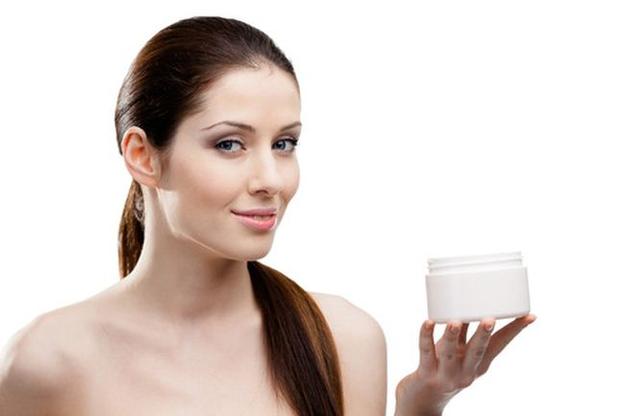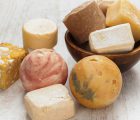 Oily skin is troublesome, especially when we talk about taking care of it. The truth is, this skin type isn’t very irritation-prone and sebum that is located on skin surface is both a blessing (skin ages slower) and a curse (excess of sebum equals constantly shiny face and enlarged skin pores). In order to take care of this skin type in the right way, you have to reach for a good mattifying cream. ‘Good’ means what? How should such cream work and what is the most beneficial in its composition?
Oily skin is troublesome, especially when we talk about taking care of it. The truth is, this skin type isn’t very irritation-prone and sebum that is located on skin surface is both a blessing (skin ages slower) and a curse (excess of sebum equals constantly shiny face and enlarged skin pores). In order to take care of this skin type in the right way, you have to reach for a good mattifying cream. ‘Good’ means what? How should such cream work and what is the most beneficial in its composition?
How does skin mattifying cream work?
The main task of oily/combination skin mattifying cream is minimalizing of unhealthy skin shine. Simultaneously, the product is to moisturise skin in such a way so as to prevent it from dehydration caused by the substances absorbing sebum. Furthermore, mattifying cream is supposed to keep skin satin-like and balance sebum production. At the same time, the cream has to condition and close enlarged skin pores.
It’s worth realising that a good mattifying cream is able to mask blemishes because it delicately smooths skin. Also, its texture should be light, fast-absorbing and shouldn’t create a comedogenic layer on face. Since oily skin type is frequently accompanied with acne, blackheads and spots, it’s also important for the mattifying cream to deliver anti-inflammatory action and soothe irritations.
What does a good skin mattifying cream contain?
Skin mattifying cream features particles that, after being applied, disperse light. Owning to this property, unhealthy skin shine isn’t visible. The remaining tasks are handled by substances absorbing sebum and closing skin pores as well as those which normalize work of sebaceous glands. Essential are also the ingredients which act soothing and replenish skin with water so it doesn’t get too dry. Otherwise, face might get too dehydrated and this will encourage sebaceous glands to more effective work. The consequence of this action is subarea, of course. Equally important is UV filter which protects face against the sun and prevents skin excessive dehydration.
Mattifying cream and the ingredients that should be looked for
As it applies to all cosmetic products, the more natural substances a cream features, the better it affects skin. What are the best ingredients used in skin mattifying creams?
- yeast extract,
- active zinc (PCA),
- phytic acid,
- colloidal silica,
- amylum,
- polymers,
- clay,
- diatomite,
- hyaluronic acid,
- allantoin,
- natural oils,
- myrrh extract,
- fucogel,
- quince fruit extract,
- lemon peel oil,
- herbal extracts: calendula, cypress, fenugreek, complex of burdock root extracts, yellow gentian root, juniper, thyme leaf extract, cinnamon bark extract
Advantages of skin mattifying creams. They
- protect skin against harmful solar radiation;
- regulate sebum production;
- don’t dehydrate skin but replenish skin with water;
- control unhealthy shine and improve skin looks;
- smooth skin and disperse light;
- combat blackheads;
- unclogs and contracts enlarged skin pores;
- eliminate skin blemishes;
- soothe irritation and redness;
- encourage regeneration of skin micro-damages.
How to apply mattifying cream?
First and foremost, don’t apply a cream to face if you haven’t cleansed it first. Otherwise, the cream won’t fulfil its task at all but remains on the thick layer of cosmetics, sebum, dirt and dust. Therefore, remove make-up precisely and wipe your face with a micellar lotion and wash it with a foam or gel designed for your skin type. Then, reach for a toner that is responsible for balancing pH, softening epidermis and boosting blood circulation (thanks to this your skin absorption rate will increase). After that, reach for your mattifying cream. Remember to apply a circular motion while putting on the cream. You can use either your finger tips or a special sponge that doesn’t gather so much impurities. Keep spreading the cream to the entire face omitting eye skin area.





Leave a Reply